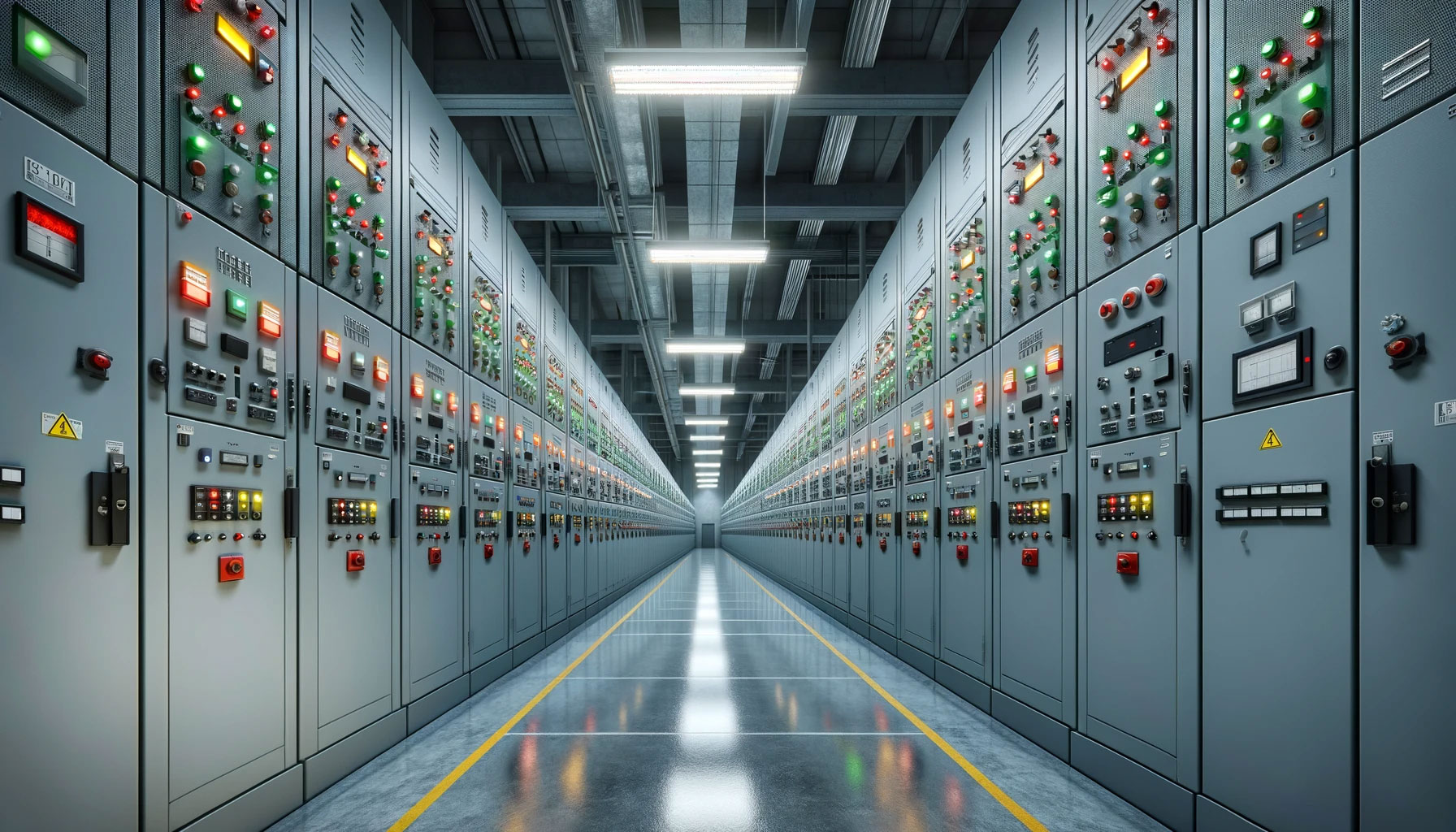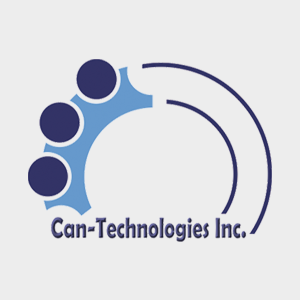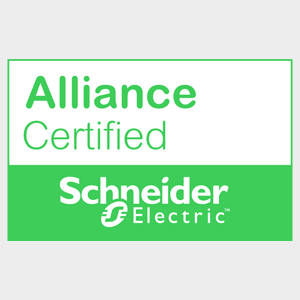MV Drive Integration: Technical Overview by Can-Technologies
MV Drive Integration: Technical Overview
MV drives stand as pivotal elements in the industrial and commercial sectors for their proficiency in modulating motor speed and torque, thus driving energy efficiency and enhancing operational control. These drives afford dynamic speed adjustments, gradual initiation and cessation, alongside power quality augmentation, yielding prolonged machinery lifespan, diminished maintenance expenditure, and elevated system efficacy. Their streamlined architecture, remote supervision capabilities, and adherence to regulatory norms underscore their criticality for entities aiming at energy conservation, operational dependability, and compliance within their electrical frameworks.
Technical Challenges in MV Drive Deployment:
- Voltage Regulation: Operating within a spectrum of 1 kV to 15 kV, occasionally extending beyond, necessitates the incorporation of specialized components and meticulous design to guarantee operational safety and insulation integrity.
- Thermal Management: The substantial power processed by MV drives precipitates notable heat output, mandating efficacious cooling strategies to avert overheating and assure consistent functionality.
- Operational Efficiency: It is paramount to maintain optimal efficiency across diverse operational landscapes to curtail energy wastage and operational expenses.
- Electromagnetic Compatibility: The propensity of MV drives to emit harmonics and EMI, potentially disrupting adjacent apparatus and degrading power quality, calls for supplementary filtering and defensive measures.
- Structural Integrity: Given their considerable size and mass, MV drives require a sturdy structural design to accommodate their weight and resist environmental adversities, such as vibrations and impacts.
- Safety and Protection: Integrating exhaustive protective measures is vital to defend against electrical anomalies like overcurrent and overvoltage, ensuring alignment with safety protocols and regulations.
- Control Precision: The employment of intricate control algorithms to meticulously manage voltage, frequency, and torque poses significant challenges in preserving system stability and performance.
- System Reliability: As indispensable components in industrial operations, the reliability and maintenance ease of MV drives are crucial to diminish downtime impacts and enhance asset deployment.
- System Integration: The necessity to mesh seamlessly with pre-existing control frameworks and infrastructures presents hurdles in ensuring compatibility and minimizing operational interruptions.
- Cost-Benefit Analysis: Given the high investment associated with MV drives due to their power capacity and specialized elements, achieving a harmonious balance between performance demands and financial constraints is essential for rendering a cost-effective solution.



